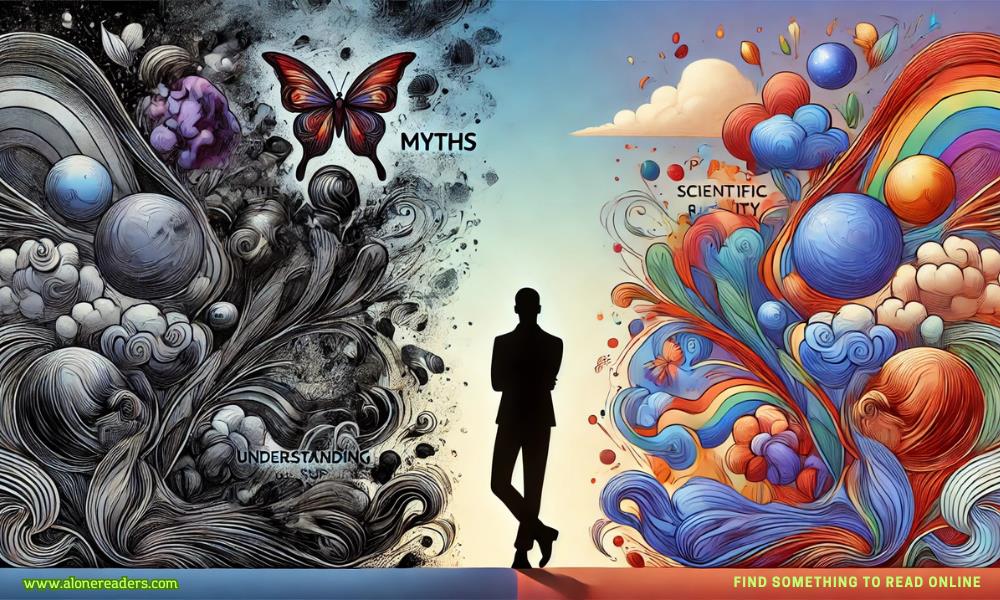Page 29 of Eruption
“Yes. I expect it’ll go down the mountain and across the saddle right up to the base of Mauna Kea. That’s a little over twenty miles.”
Briggs frowned. “How fast?”
MacGregor shook his head. “There’s no way to predict. Might take days. More likely just a few hours.”
“A few hours,” Briggs said.
There was a short silence between them.
MacGregor said, “Are you going to tell me what all this is about?”
Briggs said, “It would be better if I showed you.”
The Military Reserve was built along the base of Mauna Kea mountain, Hawai‘i’s highest peak, which rose up to the north. Permanent structures were sparse: a small airstrip, a rickety wooden tower with flaking paint; a handful of Quonset huts streaked with red dust; a parking lot with cracked asphalt. The general impression was of desolation and neglect.
A camouflage jeep pulled onto the pad as the helicoptertouched down. MacGregor and Briggs got in and were driven through the compound toward the mountain.
The driver was Sergeant Matthew Iona. Young guy, tall, skinny, a native, and dressed in fatigues. He said, “Dr. MacGregor, I need to know your glove and shoe size.”
MacGregor told him. Ahead was a small area surrounded by rusted chain-link fence. The driver got out, unlocked the gate, opened it, drove through, locked it again behind them.
Directly ahead in the side of the mountain MacGregor saw a large steel door, ten feet high. The steel was painted brown to blend in with the mountain.
Briggs said, “That’s the old entrance. We won’t go in there. It’s no longer safe.”
“Why not?”
Briggs didn’t answer. The jeep abruptly turned left and went down a concrete ramp that took them twenty feet below ground level.
They pulled under a corrugated tin port alongside a small concrete bunker. The driver unlocked the bunker door, and they all went inside. There were bright yellow suits and gold helmets with glass plates hanging on the wall. Briggs pointed to one. “That’s yours.”
Briggs stripped to his underwear, climbed into his suit, and zipped it up. Mac did the same. He remarked on how heavy the suit was.
“Itismetal,” Briggs said, but he didn’t explain further.
The gold boots were also heavy. They attached with Velcro to the pants, which came down over them. Briggs told him to make the seal tight because it needed to be waterproof. Then Briggs helped MacGregor put on the helmet. The glass faceplate was at least an inch thick.
The driver came over and slipped a red plastic tag into a slot on the chest of Mac’s suit. MacGregor could see the tag wasmarkedRADOSEand had three yellow blades around a central circle—the international symbol for radiation.
“Sothat’swhat the general was drawing,” Mac said. “The radiation symbol. And the alpha, beta, and gamma—that must have meant alpha and beta particles and gamma rays. Types of radiation.”
“That’s part of what he was trying to tell us,” Briggs said, inserting his own tag. “Now, let’s get going. It’s hot as hell in these things.” He went to a metal door at the end of the shed, punched in a code, and turned the handle. The door hissed open.
“This way,” Briggs said and led Mac into the darkness.
CHAPTER 19
The Ice Tube, Mauna Kea, Hawai‘i
They were in a cave about twelve feet in diameter with smooth walls.
MacGregor said, “This is a lava tube.”
“We’ve always referred to it as the Ice Tube,” Briggs said. “At one time, it was cold enough to have ice on the walls in winter. Goes into the mountain about half a mile.”
During eruptions, lava flowed in channels down the flanks of the volcano. The surface of the lava flow cooled and formed a crust, while the lava below the hardened surface continued to flow. At the end of an eruption, the lava drained out, leaving empty tubes behind. Most lava tubes were only a few yards wide; some, though, were large caves. The HVO had mapped more than eighty tubes, and many of them were very deep.
Mac hadn’t known that this one, at the base of Mauna Kea, existed.















